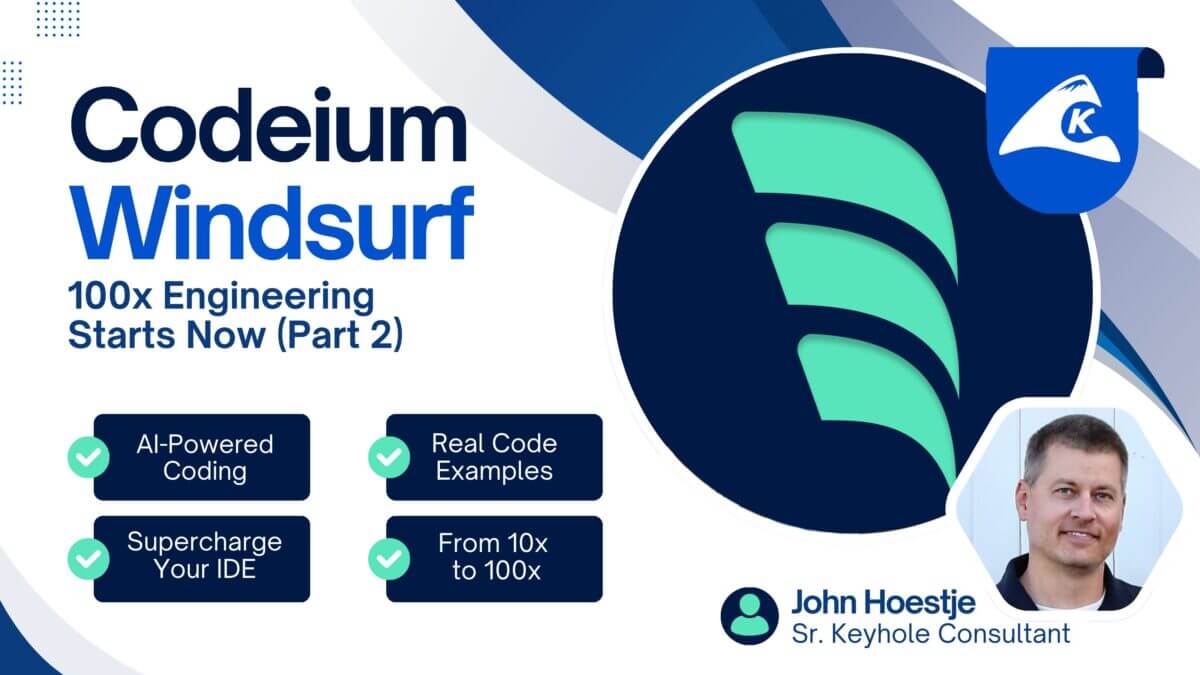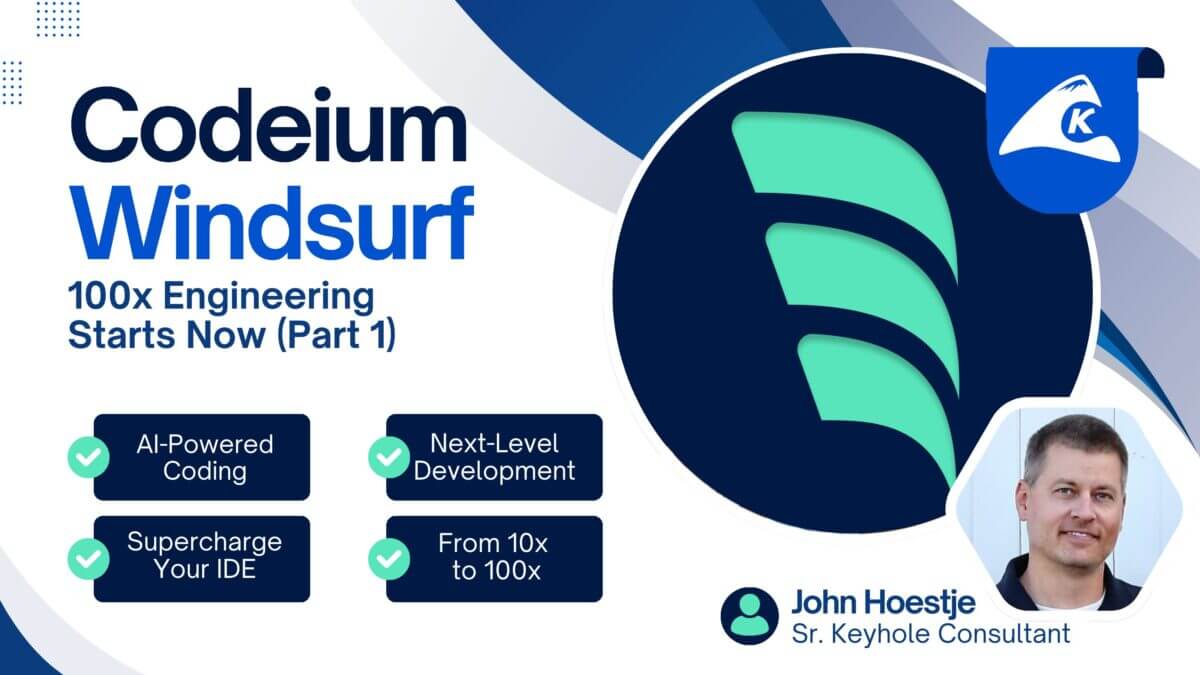Welcome to the second part of our series on Codeium Windsurf. If you haven’t yet, check out Part 1 to get detailed insights into what Windsurf is and the features it brings to your coding environment. In this section, we’ll explore how you can leverage Codeium Windsurf’s features to accelerate your coding projects using real code examples.
Windsurf’s Game-Changing IDE Experience, Part 1 – 100x Engineering Starts Now
Windsurf Series Introduction
This is Part 1 of a 2-part blog series. In Part 1, you’ll learn:
How to go from 10x to 100x productivity using the AI-assisted coding tool Windsurf
What Windsurf is and how it enhances your IDE with Retrieval-Augmented Generation (RAG)
Best practices for using features like Autocomplete, Supercomplete, Chat, Command, and Cascade
How context-aware code generation can save time and reduce errors
Tips to get the most out of Windsurf without falling into common pitfalls
Whether you’re aiming to automate repetitive tasks or radically accelerate full-project development, this guide will show you how Windsurf can reshape your workflow and maximize your impact. Then in part two, we’ll move from theory to practice, showcasing real-world code examples.
What is RAG Architecture?
RAG architecture is revolutionizing how businesses use AI by enabling Large Language Models (LLMs) to access and utilize private, real-time data. Traditional LLMs, like ChatGPT, excel in general applications but often lack the context needed for specific enterprise needs. RAG’s innovative approach combines these powerful models with an organization’s own data, providing contextually relevant insights without the need for costly …
RAG Architecture Pattern Explained
In the software development space, RAG solutions are being used to enhance productivity and streamline processes. By indexing and searching the entire codebase of a project, these solutions provide relevant, context-aware results from an LLM. Instead of simply suggesting code snippets, RAG-based tools can analyze and generate entire use case implementations across multiple programming languages. The result is a significant boost in productivity, enabling software teams to work faster and more efficiently.








